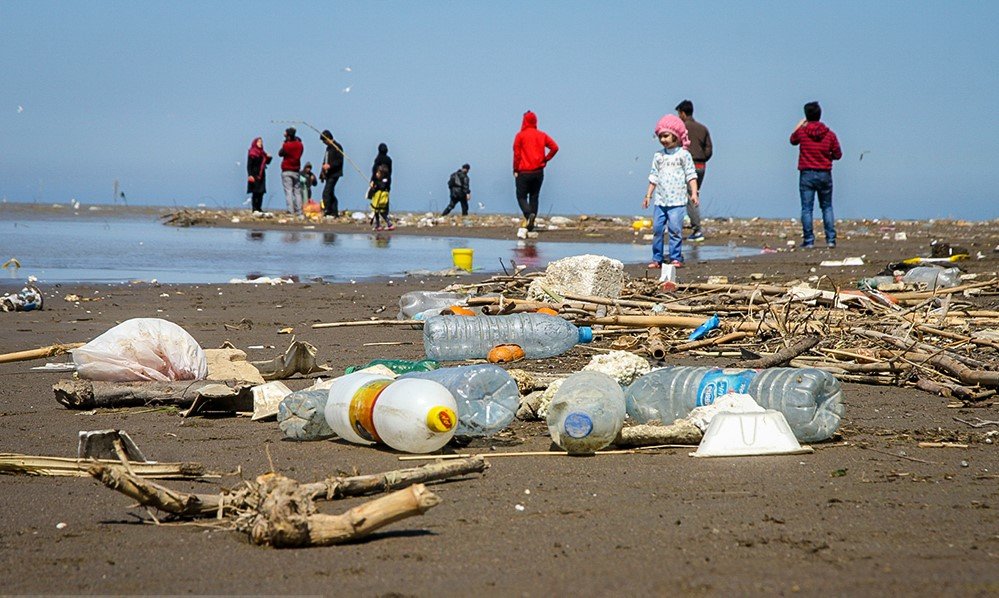14% of total waste in Iran produced in northern coastal cities: report

TEHRAN – The amount of waste generated in the northern provinces of the country, neighboring the Caspian Sea, is snowballing at a rate of over 7,000 tons a day, holding accountable for 14 percent of the total daily 50,000 tons of waste production in the country.
In the past few years, the amount of waste produced in the three northern provinces of Mazandaran, Golestan and Gilan has risen sharply to alarming rates, Khabaronline reported.
Sirous Vatankhah, secretary of energy technologies development headquarters at Science and Technology Vice-presidency told ISNA that there is a significant relationship between the prevalence of various diseases and the amount of waste generation, which must be considered a "danger sign" that needs urgent measures to contain the issue.
Diseases such as tetanus, typhoid, intestinal parasites, bloody diarrhea, poliomyelitis or infantile paralysis and skin lesions are among the diseases caused by solid waste pollution in water, air and soil.
On the other hand, a large part of these thousand tons of waste is ending up in the Caspian Sea and the forests, which can lead to many changes in the environmental cycles.
Moreover, Hossein Niaz Azari, member of the parliament, said that some 104 aquatic species have been living in the Caspian Sea in the past years, while most of them have gone extinct due to the high amount of waste entering the sea.
On top of that, although Mazandaran forests have a long history of rare species, in recent years, due to improper dumping of waste in these forests, some precious species are extinct and can only be found in the history books, he regretted.
He added that various wild animal species living in the northern parts of the country, are also endangered.
Deputy environment chief Masoud Tajrishi has referred to the poor waste disposal in the coastal cities of the country, saying that “Unfortunately, we face not only the problem of identifying a proper place for waste disposal, but sewers being discharged into all rivers and lakes.
In such case, mostly tourists who are littering the northern coast are blamed, however, the other main reason behind is the lack of proper equipment for waste management and recycling, he added.
Tajrishi further explained that according to an order issued by the president [Hassan Rouhani] to follow the issue of waste generation in northern Iran, a special working group has been set up, and the Ministry of Interior has presented some plans in this manner.
He went on to say that unfortunately, the biggest problem is that these wastes cannot be dumped, and must be burned, so, the investor must be sure that the electricity generated by the waste burning machines is economically viable.
Referring to the challenges ahead of waste management, he noted that "Our big challenge is in waste burning in the northern parts of the country is a debate between the Ministry of Interior and the Ministry of Energy, because the electricity used by the waste incinerators is much more expensive than the electricity distributed by the ministry. Therefore, the Ministry of Energy believes that electricity generated from waste incineration is not economically justified.
But the more these debates continue on how to get energy from the waste burning machines, the more the northern part of the country drowns in waste, he regretted.
For this reason, Issa Kalantari, head of the Department of Environment, proposed a new way to cope with the issue, and said that “northern part of the country is a victim of poor waste management, so, wastes must be burned and we demand that forget about generating energy”.
FB/MQ/MG
